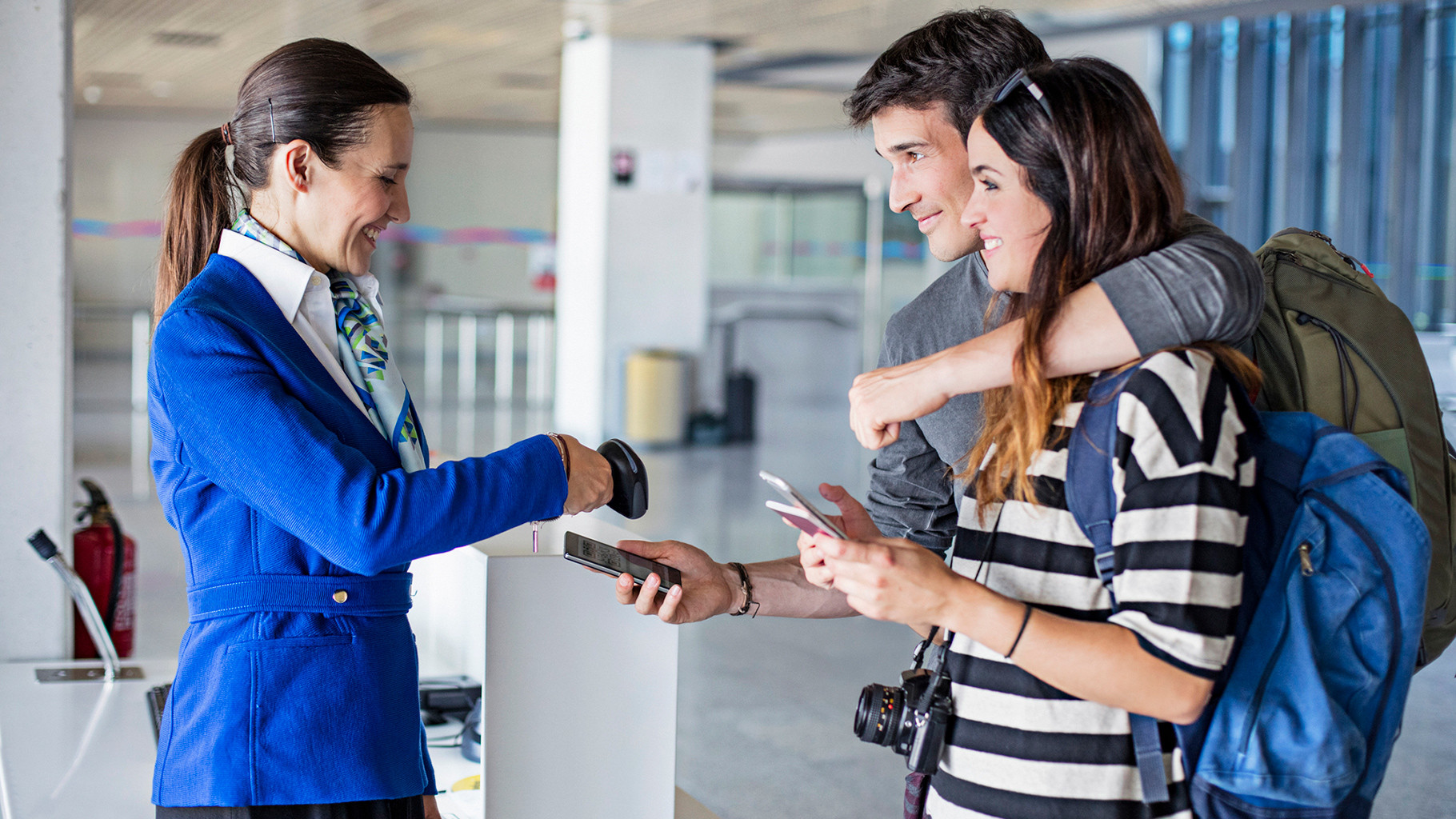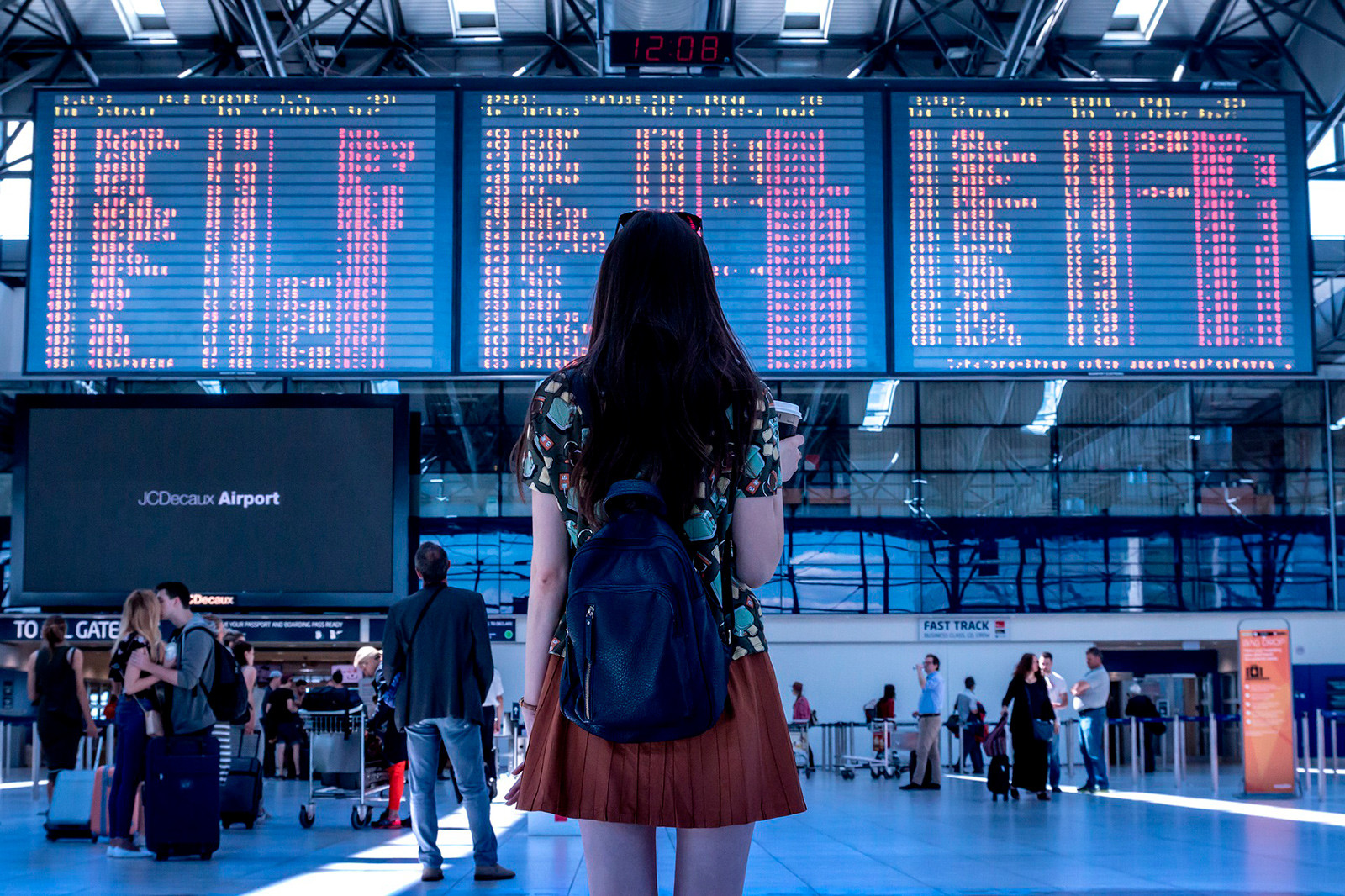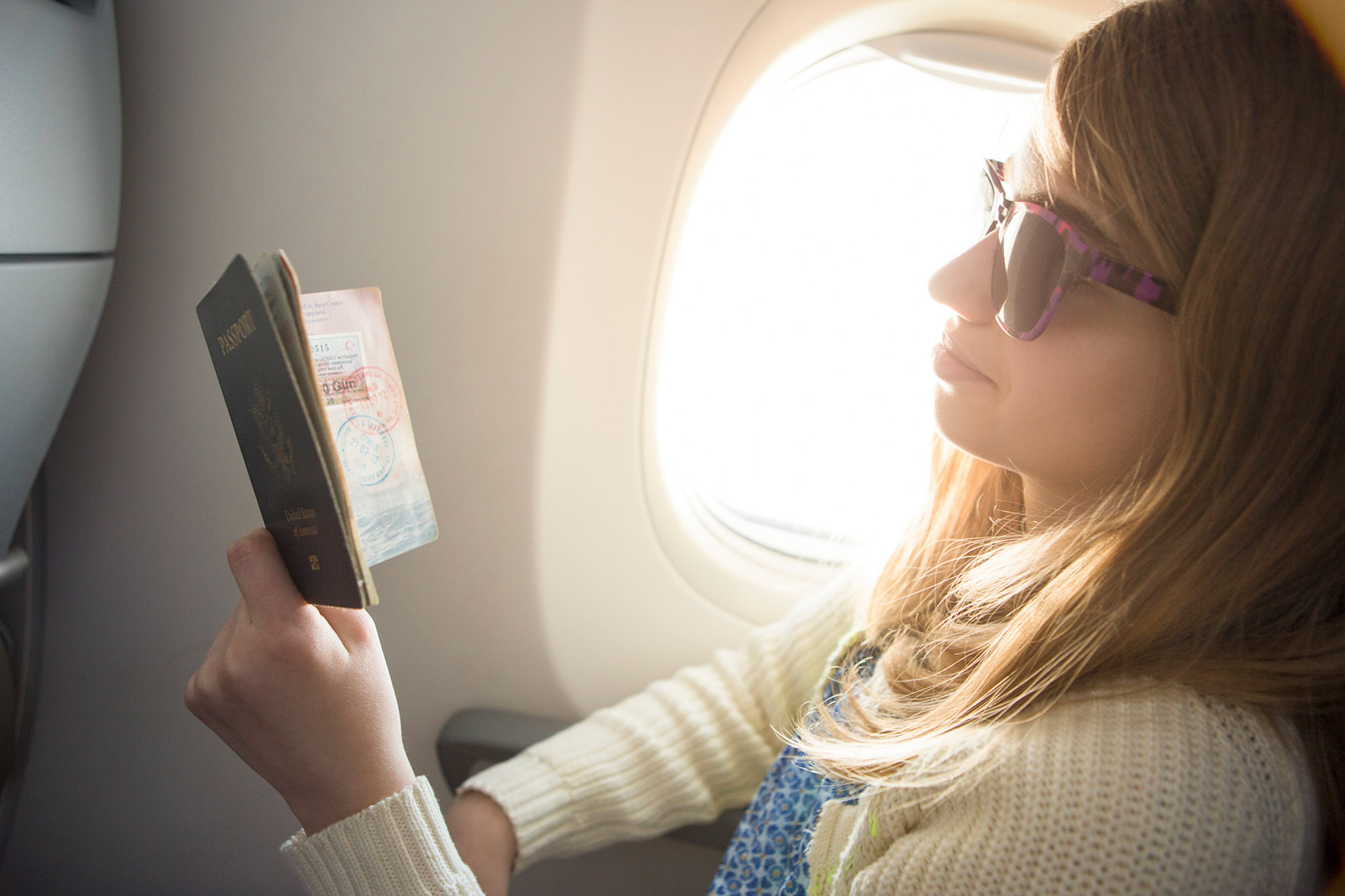
The e-visa is a new type of visa for trips to Russia, which in some instances can be used instead of a regular paper one. They were first launched in August 2017 for travelers to Vladivostok. E-visas can be business, tourist, or humanitarian (if the purpose is to “establish sports, cultural, or scientific/technical ties” according to the official blurb). In all other cases, you will have to apply for a regular visa.
Unlike a standard tourist visa, which costs about $65, an e-visa is free. There are no consular fees.
Citizens of 53 countries (see here for the list) can use an e-visa to visit Kaliningrad and Kaliningrad Region. Arrival can be by air, land, or sea. Residents of 18 countries are also entitled to travel to the Far Eastern Federal District, which includes, for example, Petropavlovsk-Kamchatsky, Vladivostok, Sakhalin, and Yakutsk.

Starting Oct. 1, 2019, the e-visa regime will also cover St. Petersburg, Russia’s cultural capital (see here for the list).
Alas, it will not be possible to fly from St. Petersburg to Moscow and head straight for Red Square – the e-visa is not valid for travel beyond the above-mentioned regions. Fortunately, however, the list of territories is gradually expanding, so perhaps Moscow will one day open its doors to e-visa holders.
First, you need to fill out a form on the website of the Russian Ministry of Foreign Affairs. You will be asked to give your first name(s) and surname, the purpose of visiting the country (tourist, business, humanitarian), information about place of work and/or study, and contact details of relatives.

A digital photo in JPEG format – taken no earlier than six months before the trip on a white background with no other objects – must be attached. The proportion should be the passport photo standard 3.5x4.5.
After filling out the form, click the Send button and wait for confirmation that it has been accepted for processing.
If you are planning to enter Russia with a child, you must submit a separate application for him or her.
The form should be sent no earlier than 20 days and no later than four days before the start of the trip. Additionally, your passport should have at least six months left to run as of the application date. There should also be space for entry/exit stamps – at least one blank page.
The e-visa is not issued immediately. The application takes four days to process, regardless of holidays or weekends. During this period, a decision on whether your application has been accepted will be e-mailed to you. You should print or save it to your smartphone. Just like a regular visa, airlines will ask to see it at check-in, likewise a border guard at the other end of your journey.

If you do not receive a notification within four days, or if your application is turned down, you can contact your local Russian consulate and reapply. How many applications are allowed is not specified.
All foreign citizens arriving in Russia by e-visa must have a medical insurance policy valid in Russia with coverage of at least €30,000. This document may be requested at the border crossing.
Russian e-visas are single-entry only and issued for a period of 30 calendar days, but no more than eight of these can actually be spent in the country. Here’s where it gets complicated.

The countdown begins at midnight on the day you arrive. For example, if you go through passport control on Aug. 5 at 21:00, the countdown will start at 00:00 on Aug. 5 (i.e. 21 hours before). Therefore, it’s better to take a flight arriving in Russia just after midnight – this will give you an extra day to play with.
If using any of Russia Beyond's content, partly or in full, always provide an active hyperlink to the original material.
Subscribe
to our newsletter!
Get the week's best stories straight to your inbox